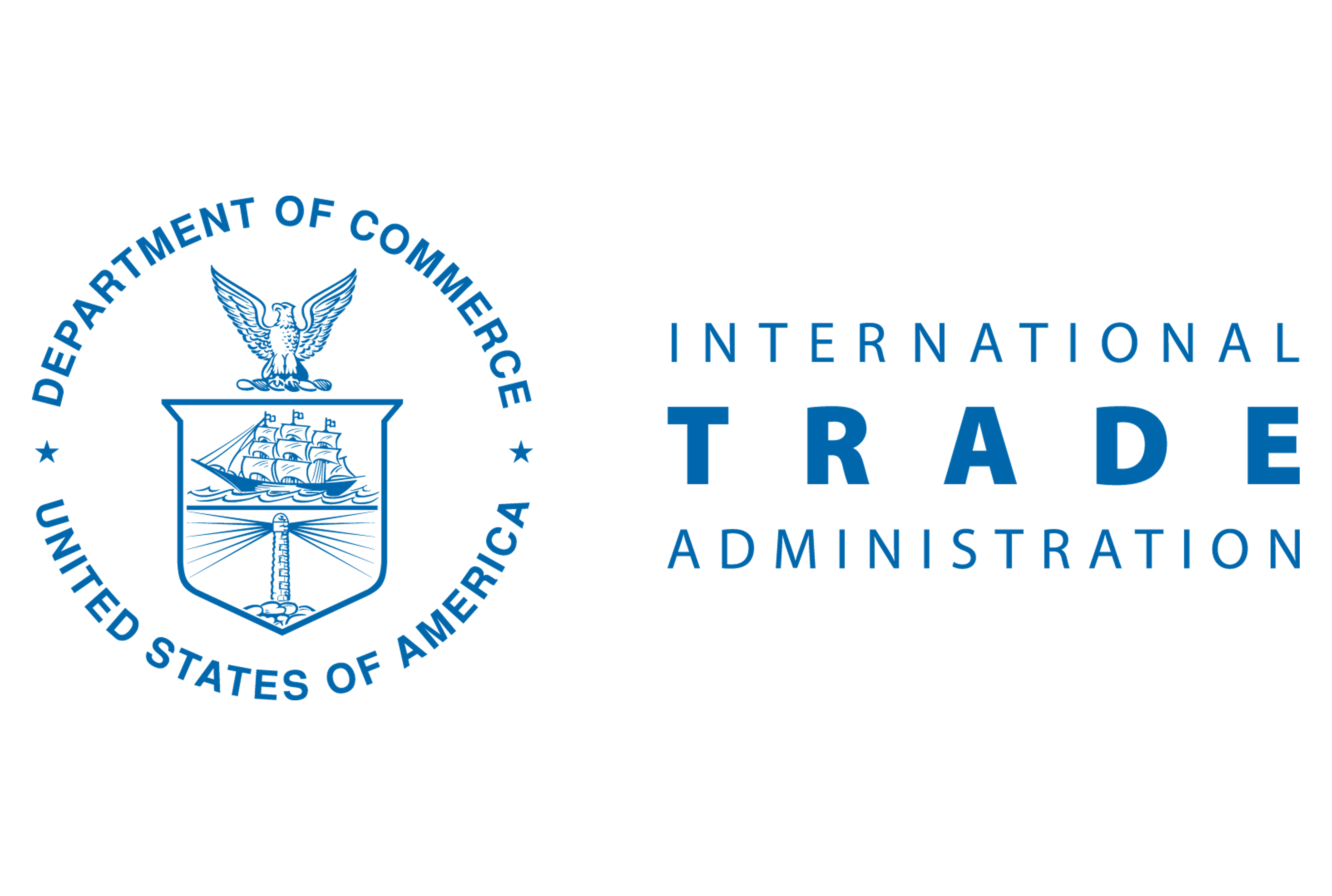Analysis

September 23, 2019
Final Thoughts
Written by John Packard
I received numerous notes regarding a hot strip mill outage at AMNS Calvert, which began last week. Based on reports from steel buyers, the HSM outage was expected to last for about one week. We asked ArcelorMittal for information and confirmation yesterday, but they failed to respond. Today, we received information that the Calvert lead times have moved out, partially because of the outage and partially because of strong demand in “auto and energy….” Not quite sure what to believe. The lead times on hot rolled and HRPO are now longer than those for cold rolled and coated at the week of Nov. 24 vs. Nov. 3 on cold rolled and Nov. 17 on coated.
Since Calvert is a slab conversion mill, we looked at another converter to see if their lead times reflected similar moves, potentially indicating a tightening of the market. We looked at NLMK lead times for Farrell and hot rolled was being quoted as the week of Oct. 14 and HRPO the week of Oct. 21. Cold rolled fully processed was the week of Nov. 11, while galvanized was the week of Nov. 4.
![]() Earlier today, I read an article in the Washington Examiner regarding the number of approved exclusion requests granted by the U.S. Department of Commerce. According to the article, the Trump administration has been approving almost half of the requests made on steel and aluminum. I asked trade attorney Lewis Leibowitz if there was a way to quantify the exclusions being granted by tonnage. After all, if U.S. Steel made objections on tonnage that exceeds the entire production capability of the U.S. steel industry, and almost half are being accepted…. Does that mean that more tons may be excluded than actual foreign tonnage being imported prior to the Section 232s being put in place? I do not know the answer to that question, but I am trying to find out.
Earlier today, I read an article in the Washington Examiner regarding the number of approved exclusion requests granted by the U.S. Department of Commerce. According to the article, the Trump administration has been approving almost half of the requests made on steel and aluminum. I asked trade attorney Lewis Leibowitz if there was a way to quantify the exclusions being granted by tonnage. After all, if U.S. Steel made objections on tonnage that exceeds the entire production capability of the U.S. steel industry, and almost half are being accepted…. Does that mean that more tons may be excluded than actual foreign tonnage being imported prior to the Section 232s being put in place? I do not know the answer to that question, but I am trying to find out.
Leibowitz sent me to a report produced on Aug. 21, 2019, by the Mercatus Center of George Mason University about the Section 232 tariffs. The report (which you can obtain by clicking on this link) said that as of July 30, 2019, there have been 62,797 steel tariff exclusions requested by 836 manufacturers across 288 congressional districts. This was up 17,469 requests since mid-March of this year.
Of those requests, 30,545 or 49 percent have been approved. Another 13,261 (21 percent) were denied, and 18,991 (30 percent) remained pending.
Interesting to note, the domestic steel producers filed 22,210 objections. As of the end of July, U.S. steel producers objected to 153.5 million metric tons (169.2 million net tons), far exceeding the production capabilities of the domestic mills. Combined, Nucor and U.S. Steel filed 59 percent of the objections based on tonnage (approximately 100 million net tons).
Nucor, which can produce 24.4 million metric tons, has filed 41.9 million metric tons of objections. U.S. Steel, which can produce 14.4 million metric tons, has filed 48.8 million metric tons of objections. AK Steel, which can produce 5.6 million metric tons, has filed 30.0 million metric tons of objections. All of this data came from the report mentioned above with the source data being the U.S. government.
Our next Steel 101 workshop is Jan. 7-8, 2020, in Ontario, Calif., and will include a tour of the California Steel Industries steel mill. The two-day workshop has been upgraded recently as we have added a new instructor (Sandy Simon) to complement Roger Walburn, Chuck McDaniel, Mario Briccetti and me. You can find more details on our website: www.SteelMarketUpdate.com/events/steel101
As always, your business is truly appreciated by all of us here at Steel Market Update.
John Packard, President & CEO







